NRW: Three letters, one federal state. And what a state it is. Self-confident, proud and loving. Locally patriotic, quarter-fixated and cosmopolitan. Gruff and affectionate, rough and friendly. Never at a loss for words, often loud and sometimes quite thoughtful. "The land with the hyphen," they like to say, as if to emphasize that the country feels connected to itself. The people here prefer to call their home state simply NRW: Three letters, they have to suffice. After all, everyone knows NRW. NRW is a house number. NRW is a brand.
Where do you start with a country like this? The best place to start is with the clichés! That some people here shop more often at the kiosk than in the supermarket? That's right. That a derby between Schalke and Dortmund is more important than Christmas and Easter put together? That's right. That there are more carrier pigeons here than elsewhere and that more fine-rib undershirts are worn? All true, all true. That the A40 should actually be called Ruhrschleichweg rather than Ruhrschnellweg? True. And that everyone in Bochum can sing "Bochum" by Herbert Grönemeyer? That's certainly true.
And now? Let's list everything that you don't necessarily associate with North Rhine-Westphalia! For example, there are more castles and palaces in NRW than in any other region of comparable size. There are also more museums. More theaters, more concert halls, more live concerts. There is actually more of everything, which shouldn't really surprise you with almost 30 cities with over 100,000 inhabitants each, but sometimes it does. NRW: that's long-distance hiking trails and Beethoven exhibitions, mountain climbing tours and harbor architecture, cheetah safaris and designer stores, star restaurants and the Millowitsch Theater, Kokolores and Köbes, Joseph Beuys and - Armin Laschet.
NRW includes regions, each of which is worth a vacation. The Bergisches Land and the Eifel, for example, or the Siebengebirge and the Sauerland - which, by the way, likes to call itself the "Land of a Thousand Mountains," which is almost touchingly modest, because there are 2711 mountains there, not four-thousand-meter peaks, of course, but each one over four hundred meters high. The circle Siegen-Wittgenstein offers other superlatives: 65 percent of its area is covered with deciduous and coniferous trees, making it the most densely wooded district in Germany. You can even spot bison in the wild there, and the Rothaarsteig is one of Germany's most beautiful long-distance hiking trails - so it's clear that nature lovers will get their money's worth.
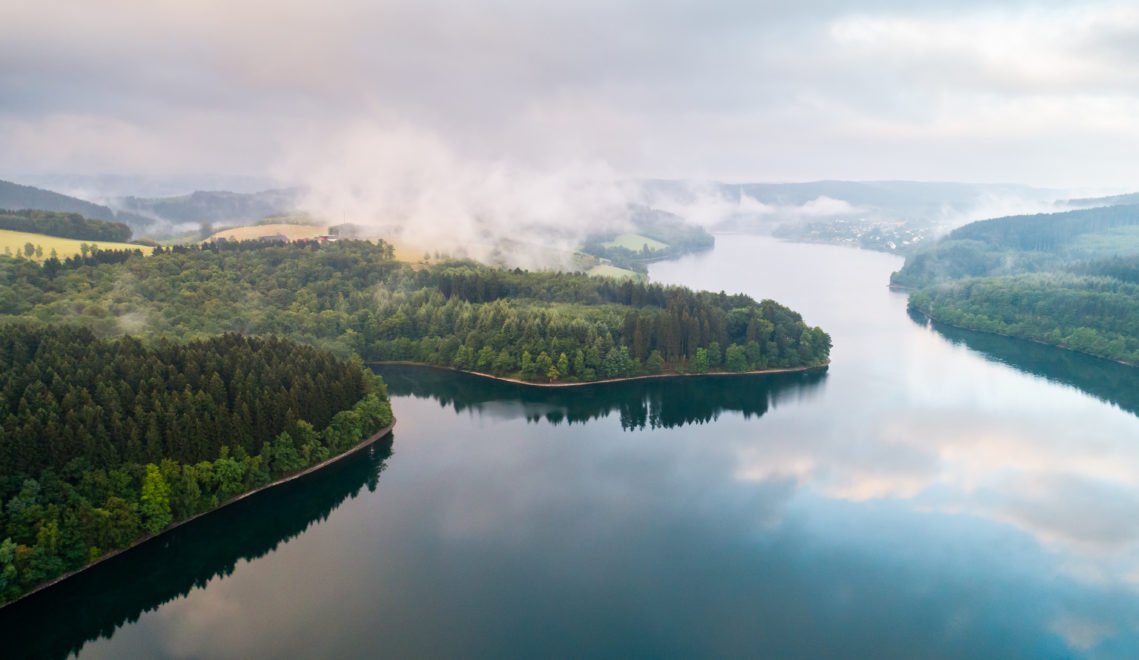

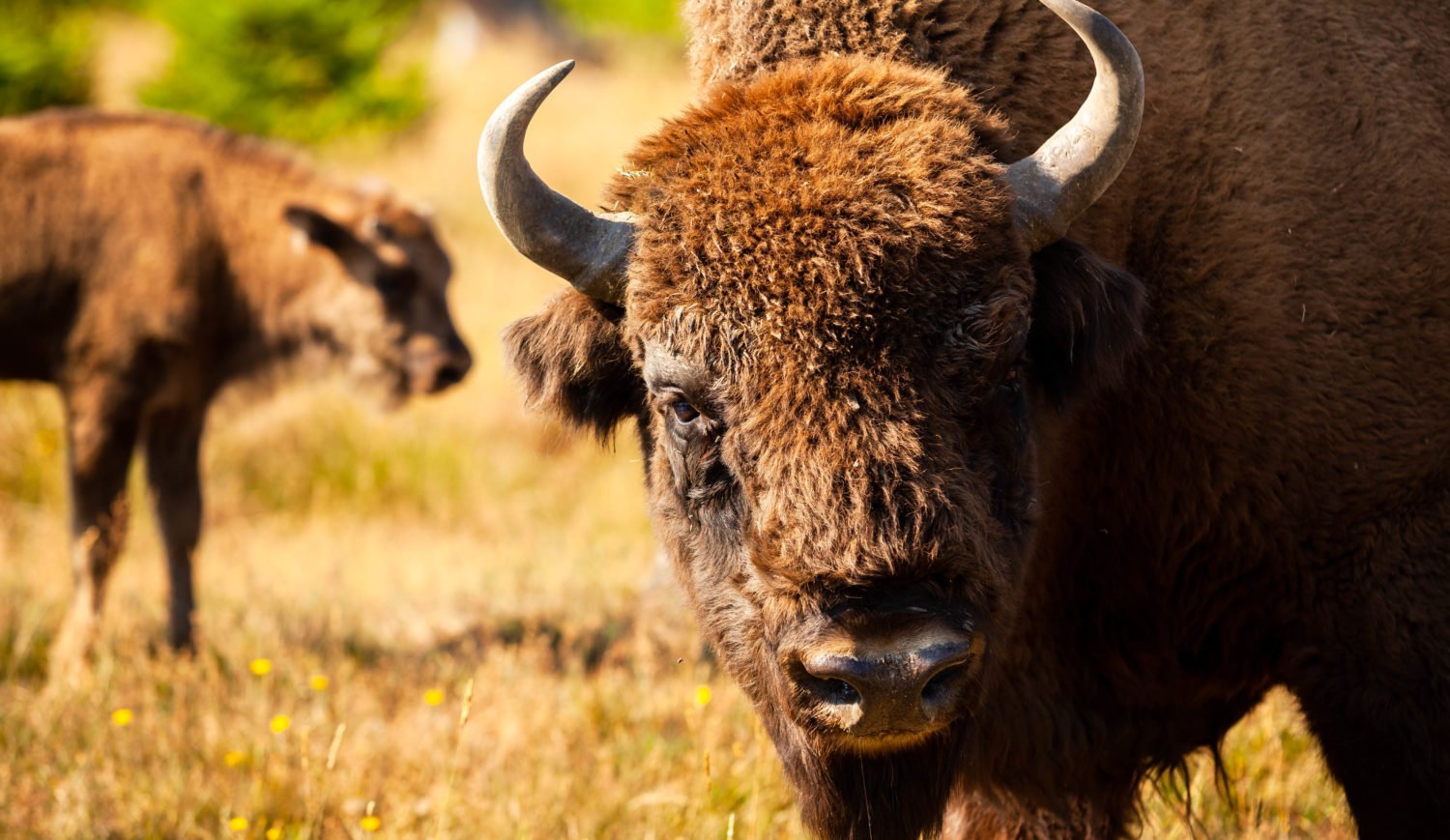
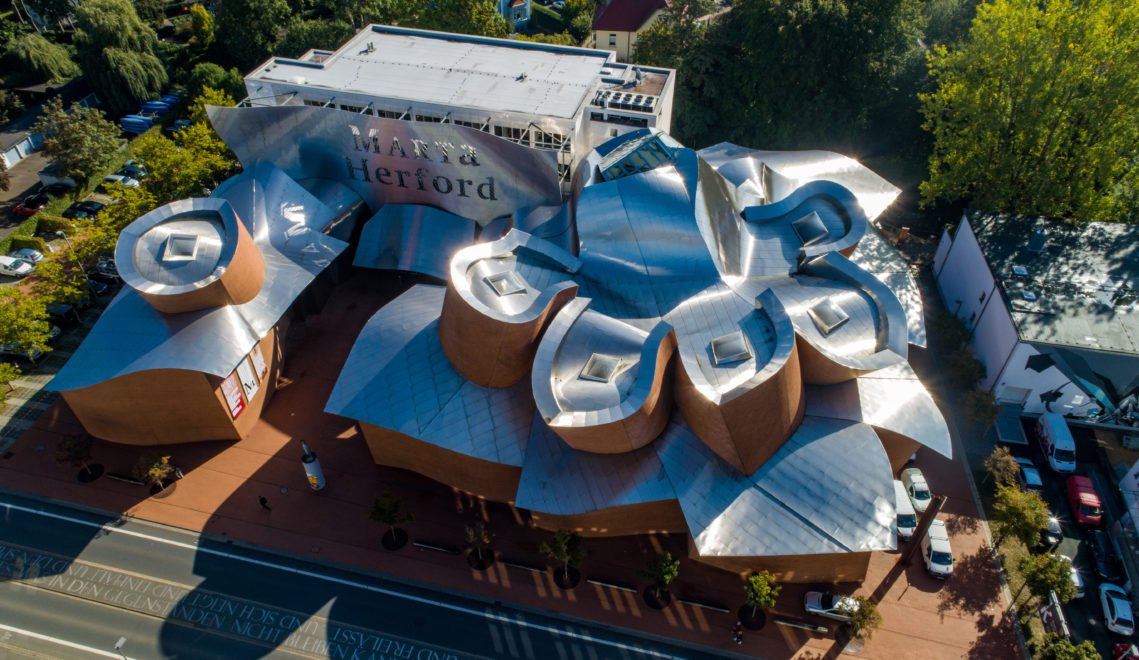

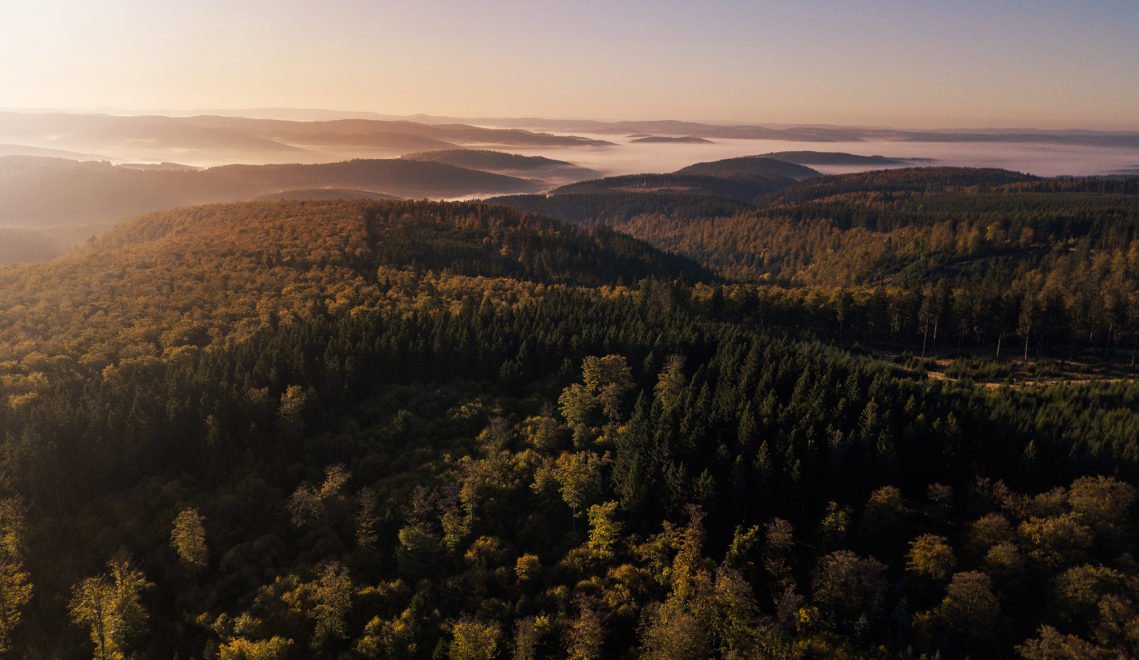
And traces of great history can be found everywhere in NRW. In Xanten on the Lower Rhine, for example, you can visit Germany's largest open-air museum, complete with reconstructed Roman amphitheater. Industrial heritage sites such as the Zollern collieries or Zollverein show how tradition-conscious and dignified one can remember times when the heart of European heavy industry beat here. In Münster, bishop's seat, Hanseatic city and center of Münsterland with 1200 years of city history, is regularly commemorated with events and historical tours of the Peace of Westphalia, which was concluded locally in Anno 1648. The beautiful Teutoburg Forest was the scene of the famous Varus Battle in 9 A.D., in which a Germanic army devastatingly defeated the Roman legions - the striking Hermann Monument near Detmold is an emphatic reminder of this. The traces in "neanderland" in the Mettmann district go back even further. Düsseldorfwhere a 240-kilometer circular hiking trail connects the cultural and natural beauties of the region - 160 years ago, the skeleton of a prehistoric man was found here, the Neanderthal, ancestor of modern mankind.
Oh, I see: What's actually going on with the Ruhr? The Ruhr region? Of all the regions, that's probably the one that surprises its visitors the most. You always hear that the Ruhr is a patchwork of big cities, each with its own character. That's true. But what's much more important is that the Ruhr region has much more greenery and nature than big cities. About two-thirds of its 4,500 square kilometers are meadows, fields and pastures. In addition, there are a fabulous 4,200 parks and 660 allotment gardens that have found space in or on the outskirts of the metropolises. And there are seventeen percent forests as well. In other words, there is no other region in Germany where so much green is so close to so much city.
Its nearly 18 million inhabitants make North Rhine-Westphalia the most populous state in Germany, and its 34,100 square kilometers make it the fourth largest. 29 of the 81 major German cities with more than 100,000 inhabitants are located in NRW. Ten million people live in its center alone, the Rhine-Ruhr metropolitan region. The metropolitan region is one of the largest conurbations in Europe. The state capital is Düsseldorf, carnival and soccer competitor Cologne a few kilometers up the Rhine is the largest city with over one million inhabitants. Coordinated public transport systems connect the cities of the metropolitan areas and create a coherent range of leisure and cultural activities that is unique in Europe.
With the Aachen and Cologne Cathedrals, the Zollverein Colliery in Essen, the Castles Augustusburg and Falkenlust in Brühl and Corvey Castle in Höxter, NRW has no fewer than five UNESCO World Heritage Sites. Vacationers can discover more than 50,000 kilometers of hiking trails and almost 14,000 kilometers of bike paths, eleven zoos and animal parks, thirty spas and health resorts, and pretty much 80,000 architectural monuments, if there is still time. By the way, the most popular sight is Cologne Cathedral: Germany's largest church is visited by six million people every year.



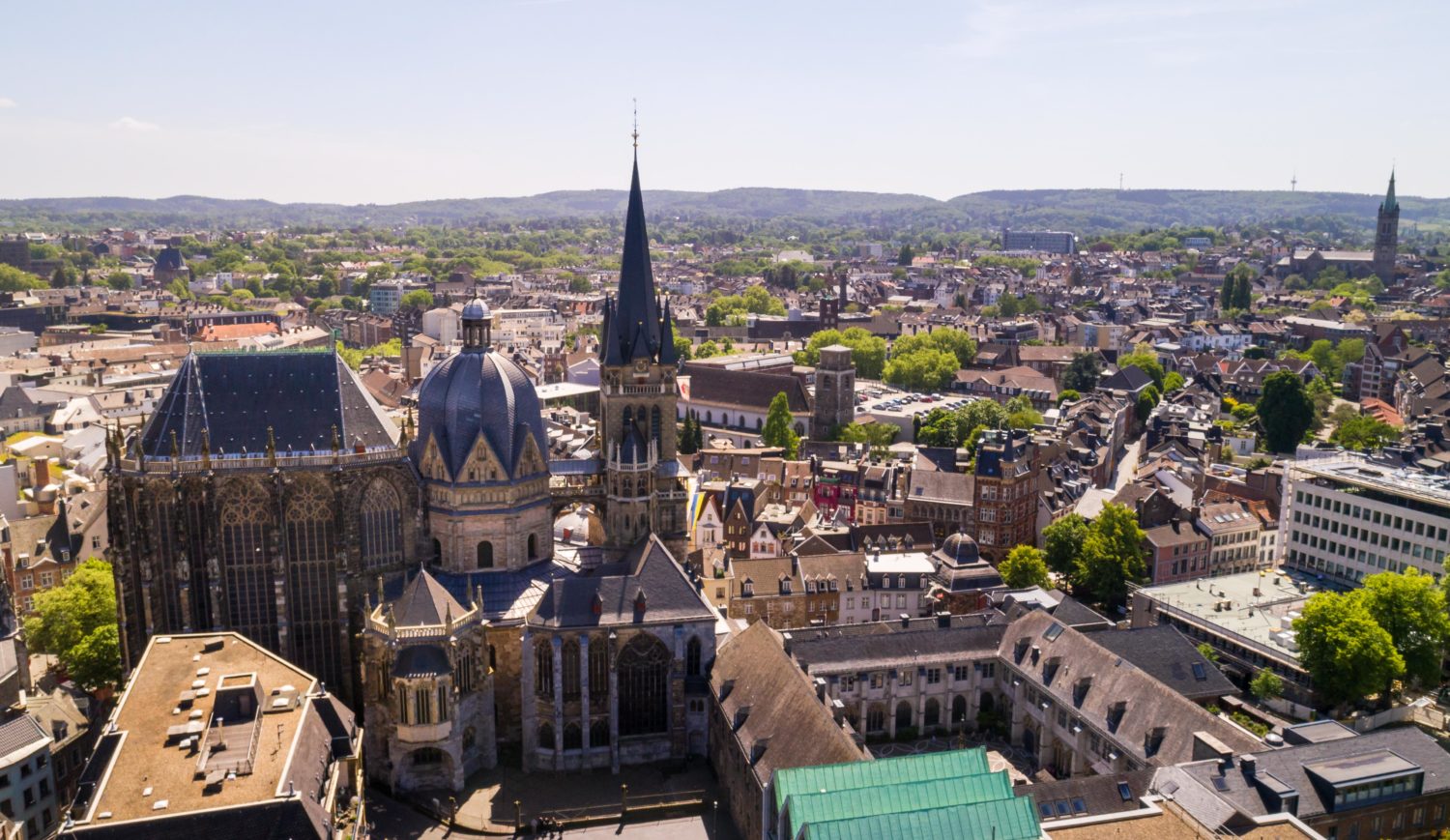
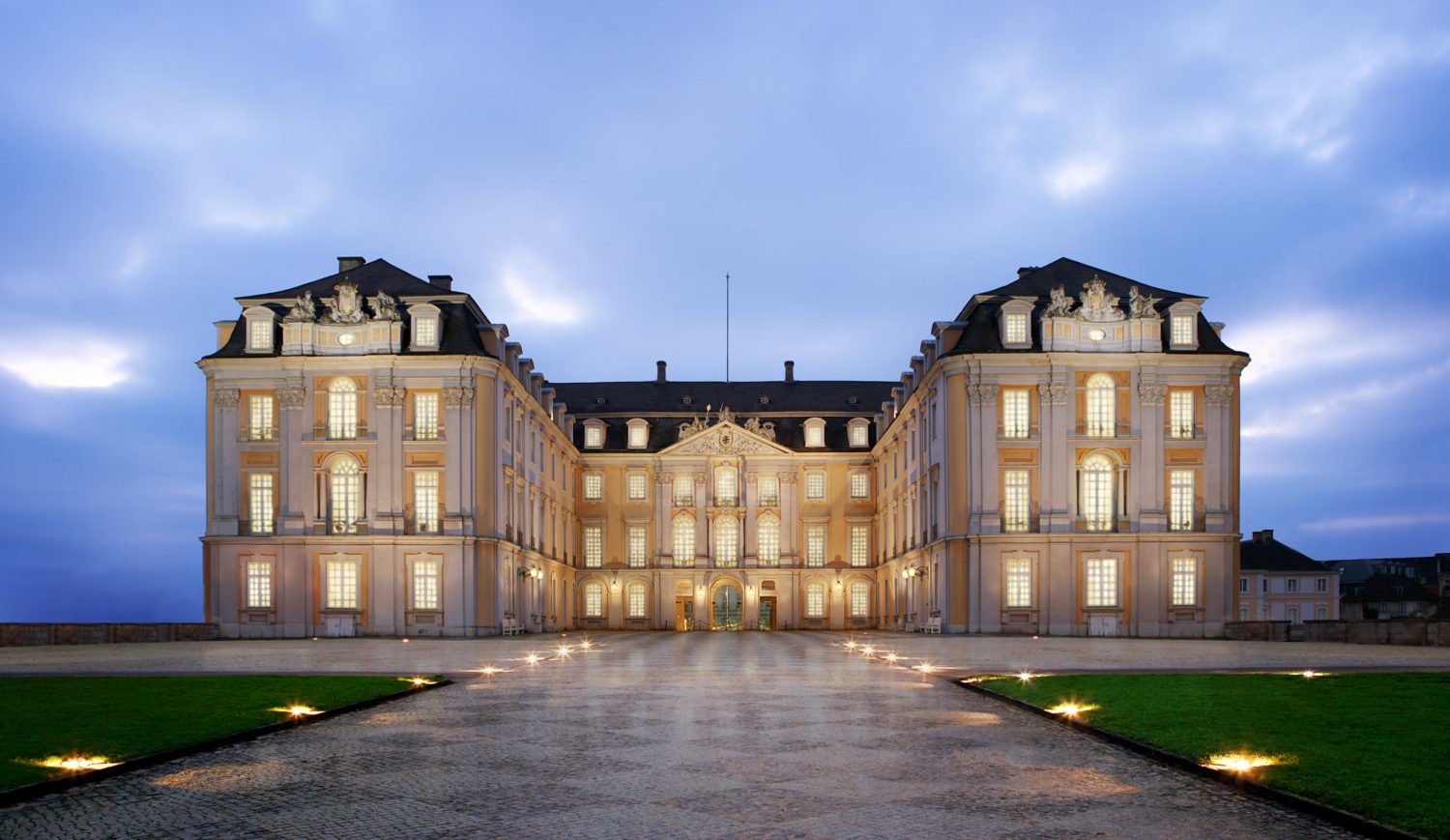
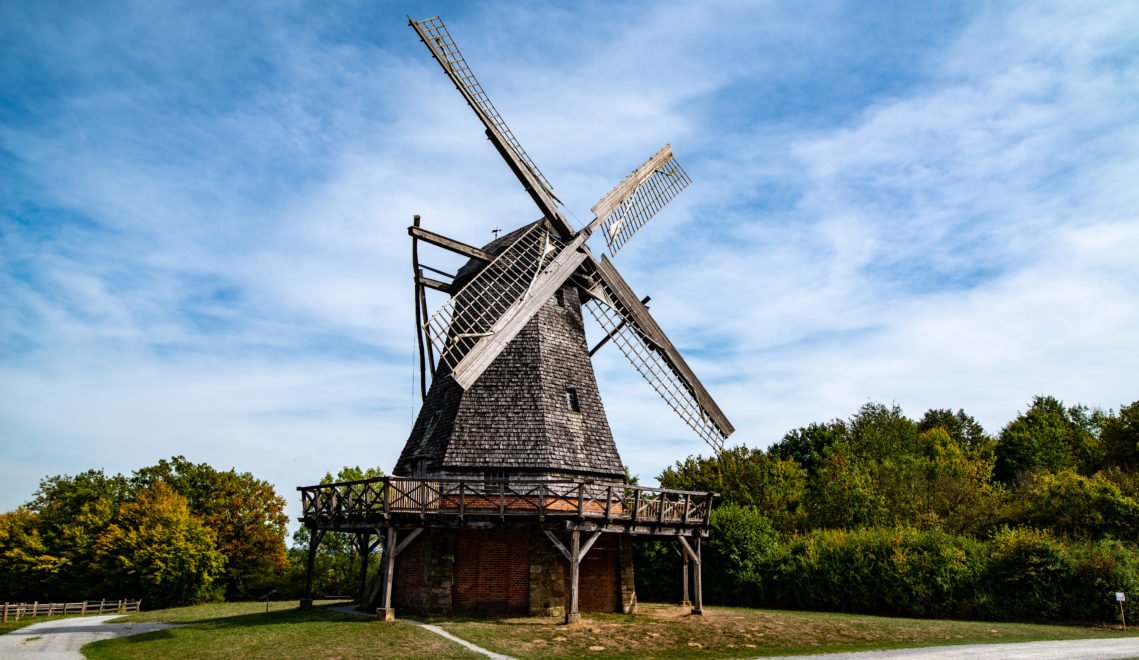
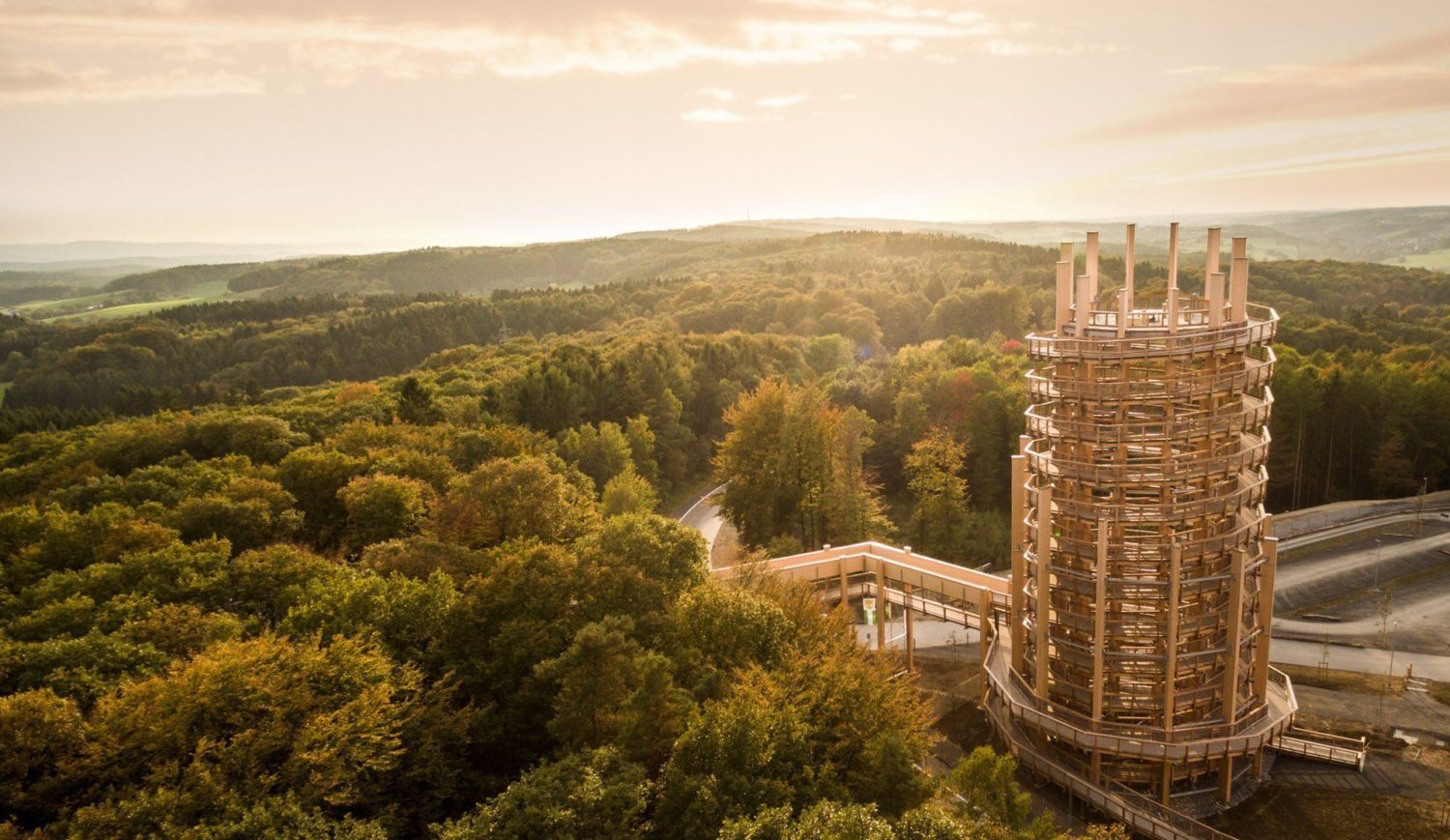
When visiting a traditional restaurant or brewery, vegetarians have to be very, very brave: Meat is my vegetable, say Westphalians and Rhinelanders, and almost everyone else has followed suit. The most famous dish in Westphalian cuisine is probably Pfefferpotthast, a meat stew with lots of lard, lots of onions, pepper and chunks of beef. Steinfurter Töttchen is more something for those who like to experiment: The meat ragout is traditionally prepared from offal; meanwhile, veal is often used. Before a schnapps is served afterwards, people in NRW drink beer from the region, i.e. Alt (Düsseldorf), Kölsch (Cologne) or Pils (everywhere else). Regional wines come from the growing area around Königswinter.
Herring swam into Rhenish cuisine at some point, perhaps because of the nearby Netherlands, possibly also in connection with Cologne's Catholicism - in any case, it is gladly served. A traditional snack of the people of Cologne is the Halve Hahn - not half a chicken, but half a rye roll (Röggelchen), thickly sliced Gouda and sour gherkin (at Cologne University, the danger of confusion between poultry and cheese rolls, along with possible legal consequences, is always a topic in the lectures). Himmel un Ääd (i.e.: heaven and earth) is common everywhere in the Rhineland, where heaven means apples or applesauce and earth means potatoes or mashed potatoes; it is usually accompanied by black pudding. In the past horse meat was used for the Rhenish Sauerbraten, today beef is used. It is marinated - usually for several days - in a pickle, sweetened with raisins or even Aachener Printen and served with applesauce and potato dumplings.
Widespread everywhere is the currywurst, which actually and originally comes from Berlin (at least the Berliners claim). In the Ruhr region, it enjoys a certain cult status and is one of the staple foods. It is usually eaten with French fries, which are called chips; in the Rhine, Sieger and Sauer regions, they say frites. And while the people of Cologne call the combination of tomato ketchup and mayonnaise ruutwieß, in the Ruhr region, Pommes rotweiß are called Pommes Schranke (and occasionally also Manta-Platte). Currywurst doesn't mind all that, it's just called Currywurst. Everywhere.






The Babylonian confusion of languages is nothing compared to the diversity of dialects in NRW: Ostbergisch, Ostwestfälisch, Südwestfälisch, Münsterländisch, Kleverländisch, Ruhrdeutsch, Kölsch and Bönnsch, and below the famous Bad Honnefer line (and in the direction of Rhineland-Palatinate) then also various Mosel-Franconian varieties - now that was just a selection. The borders are fluid, sometimes the language between two towns differs almost not at all, then again there are villages within five kilometers of each other as the crow flies, whose dialects are as different as ... say: English and Scottish.
Probably the most beautiful dialect is Kölsch. Also because in no other dialect can one ponder so pragmatically about the meaning of existence and the quintessence of life itself. The people of Cologne have collected the most beautiful words of wisdom in the so-called Rhenish Basic Law. And quite honestly? You don't really need more knowledge in life:
It comes as it comes: It comes as it comes
Et hätt noch emmer joot jejange: It has always gone well so far
Wat fott es, es fott: What's gone is gone
Et bliev nix, wie et wor: Nothing remains as it was.
Cover photo: On the banks of the Rhine in Cologne, modernity meets tradition, the crane houses meet the cathedral © Dennis Korb

Reasons for a Vacation in North Rhine-Westphalia there are plenty - the living Cities, the old Castles and palaces and the unique Nature are just a few of them.
sponsored by
 |
|---|